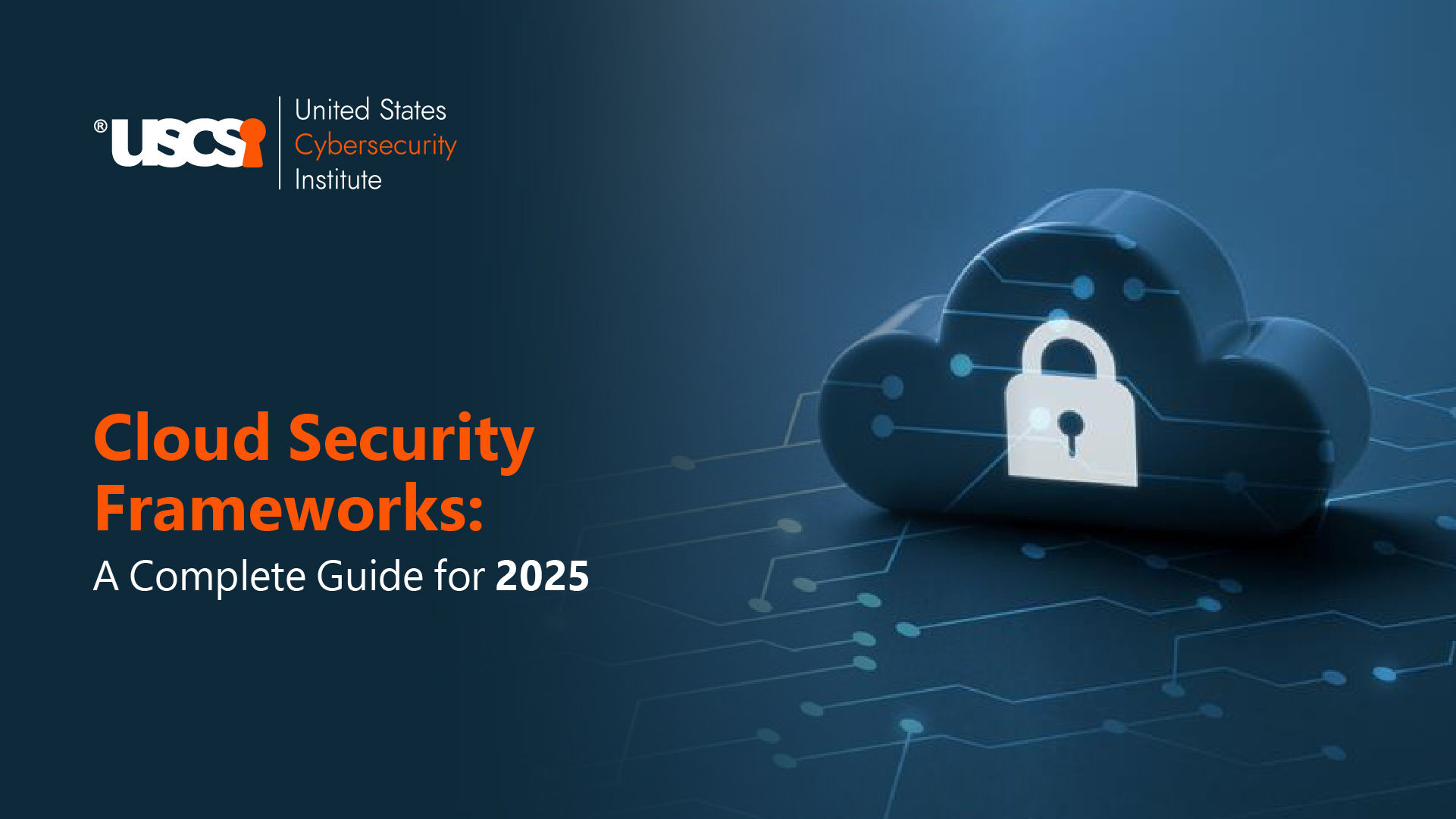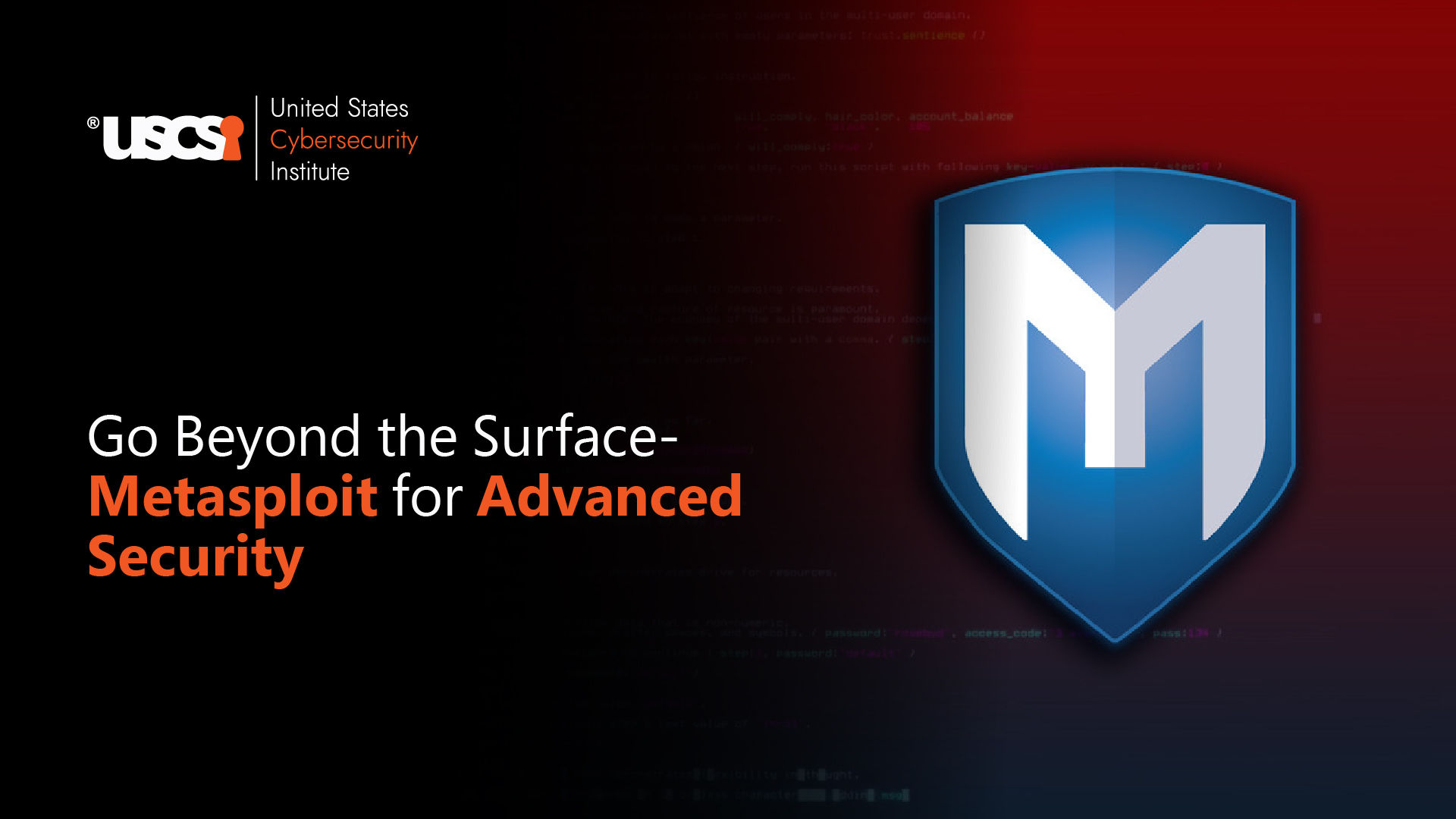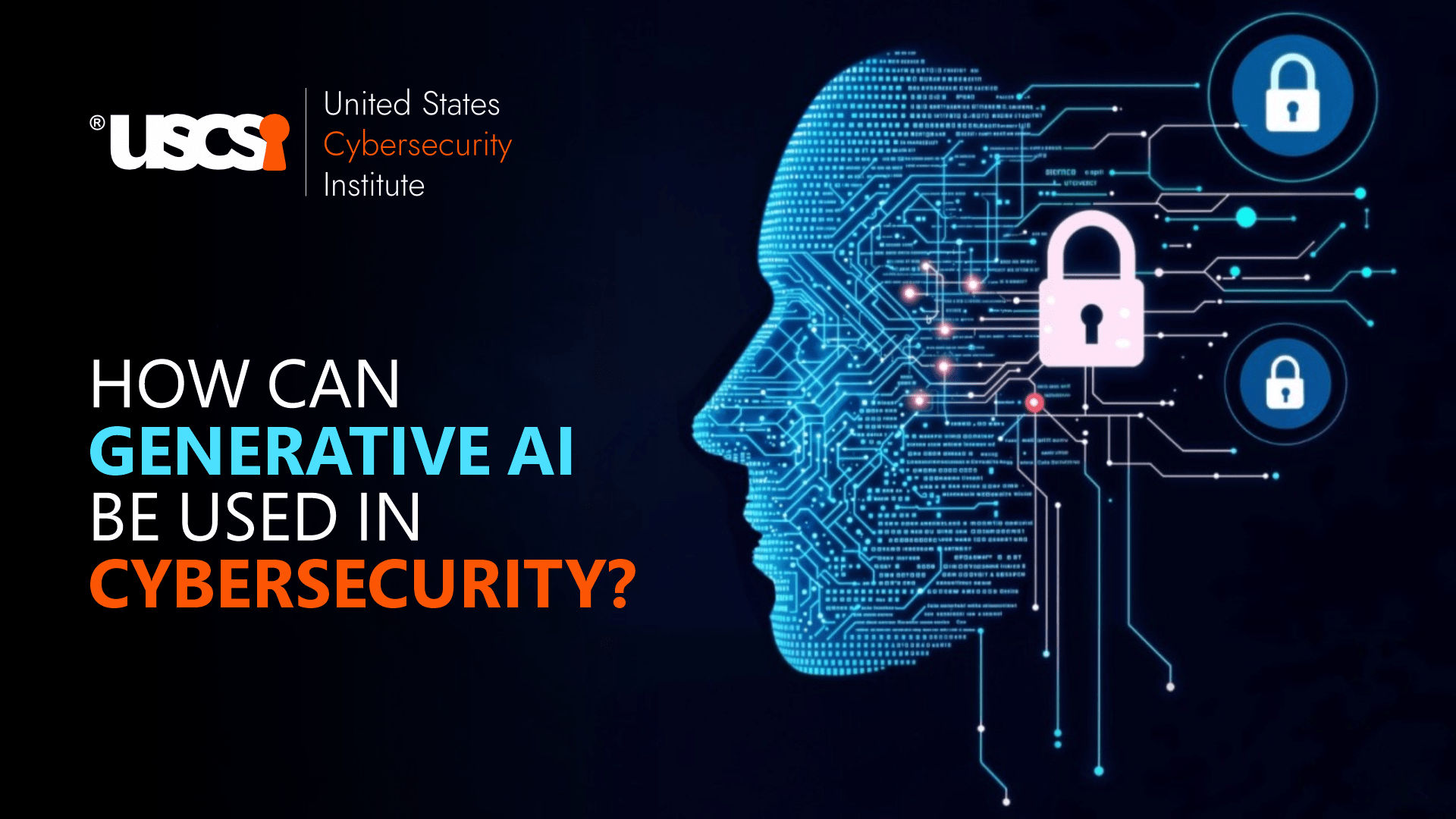

Cloud Security Framework: Business Protection Deep Dive
Cloud computing has emerged as a cornerstone of computing today, in the ever-evolving landscape of digital transformation. Cloud computing now decides how businesses will operate, scale, and innovate. This brings forth a host of cyberthreats and security challenges that organizations must address to protect their valuable assets and data.
Getting Real About Cloud Security
Let’s dive right in. Cloud computing? It has not been a buzzword since the last decade, since it went mainstream. It’s the secret ingredient silently transforming how we do business in the digital age. But you know what comes with great power, and in this case, we are relying on the cloud for business, occasions, to store media, and memories, compute, experiment, and run online businesses – the use cases are limitless and endless.
Enter The Cloud Security Framework
A cloud security framework is a structured approach that contains policies, protocols, and controls that are tailored to protect cloud-based systems from unauthorized access, data breaches, ransomware, and malware. These frameworks integrate security best practices, legal requirements, and operational procedures to ensure compliance and effectiveness in risk mitigation.
Types of Cloud Security Frameworks 2025:
- MITRE ATT&CK- Powerful enough to standardize the different stages of an attack
- CENTER FOR INTERNET SECURITY (CIS)- A well-known framework offering standardized controls and benchmarks to serve as a compliance standard for security baseline
- CLOUD SECURITY ALLIANCE (CSA) STAR- Facilitates cloud security best practices and validates the security posture of cloud service providers
- ISO/IEC 27017:2015- Encompasses guidelines and specific frameworks to guide and manage risks in data protection and distinct security controls and implementation guidance
- REGULATORY COMPLIANCE AND STANDARDS FRAMEWORKS- GDPR, FedRAMP, HIPAA, HITECH, PCI DSS, NERC CIP, NIST CSF, among many others
Why Should You Care?
Absolutely, you should! Because this is important. Cloud Security is not some boring IT joke; It is the backbone of modern business. Here is why it is such a big deal for all of us using technology based on the cloud, which is most retail technologies today.
- Data Breaches are not to be trifled with – If your company secrets were spilled all over the internet, it would not be a very good thing to happen, would it?
- Regulator monitoring - GDPR, HIPAA, PCI DSS – it is like alphabet soup, but each letter can cost you a lot of money if you do not comply with all these regulations – none excluded.
- Downtime and costs – When your cloud is down because of a cyberattack, so does your business, and none of us can afford that
- Trust is Everything – In a world where everyone is worried about the protection of their data, is it the company that keeps it safe? Priceless.
Key Components of a Cloud Security Framework
Implementing a cloud security framework needs a deep dive into its core components with security policies, governance models, risk management strategies, and compliance measures at its core.
The following are the generic guidelines and components of a Cloud Security Framework that will eventually end up becoming a key squad in your security team:
- Identity and Access Management – Basically akin to the security guard at the gate, Identity and Access Management ensures who gets in and who doesn’t, in the network or access its resources. Most companies now have multi-factor authentication in the cloud, making intrusion difficult.
- Data Protection and Encryption – The very act of keeping sensitive information protected, whether in transit or at rest, is a fundamental requirement in cloud environments. This step includes data analysis and discovery, Encryption (both at rest and in transit), Data Loss Prevention Tools, and finally, secure data purging and lifecycle management.
- Network Security and Protocols – The network security and related protocols step includes deploying firewalls, network segmentation, and implementing several other cloud security techniques like Virtual Private Networks (VPNs), specific bundled web applications firewalls, intrusion detection and prevention systems, and network micro-segmentation.
- Application Security and Protocols – This involves applications running in the cloud. A typical Cloud Security Framework would comprise components like Secure Software Development Lifecycle Practices, vulnerability scanning and constant penetration testing, container security, and orchestration.
- Standard Operating Procedures for Incident Response – Having an SOP for Incident Response ensures that threat detection is swift, and well-contained and further security risks are mitigated.
- Security Governance – Security Governance is the overarching structure that defines and establishes a formal structure to monitor and enforce security policies. Some important components of a Cloud Security Framework Governance Document include security policies and procedures, Risk Assessment and Management Processes, Compliance management and auditing, and vendor risk management for cloud service providers.
- Compliance and Regulatory Requirements – Cloud Security frameworks need to align with global and regional regulatory requirements. Some examples include GDPR and HIPAA. And PCI DSS. Cloud Security Frameworks usually use methodologies like Regulatory Compliance Mapping, Continuous internal auditing and compliance monitoring, audit logging and reporting structures, and third-party attestations like SOC2, and ISO 27001 among others.
- Continuous Monitoring and Auditing – Continuous Monitoring and Auditing are crucial to be able to detect anomalies, unauthorized access, and potential data breaches in real time. This ensures compliance and offers visibility as well, into the performance of the overall Cloud Security Framework.
Implementation, Best Practices, and Tools of the Trade
Implementing a cloud security framework requires some key approaches that cybersecurity professionals employ to enhance cloud security:
- Zero Trust Architecture – Zero Trust Architecture assumes no user or system is trustworthy by default, even if they are within the organization’s perimeter. In this approach, verifying identity and device health for every access request, implementing least privilege access.
- Data Encryption – Encryption is a cornerstone of cloud security, protecting data both in transit and at rest. They use strong encryption algorithms for data at rest. Organizations use various other cloud security techniques and protocols like TLS/SSL for data in transit, employ client-side encryption for sensitive data before uploading to the cloud, and implement proper key management practices, including regular key rotation.
- Cloud Security Posture Management – CSPM is a relatively new concept in cloud security tools designed to identify and mitigate risks in a cloud environment. Key features include configuration management, Compliance Monitoring, Risk Assessment, Continuous Monitoring, and Automated Remediation.
- Cloud Workload Protection Platforms – CWPPs focus on securing the workloads running in cloud environments. These include protecting VMs, containers, and serverless functions in the cloud. They also provide runtime protection against malware and unauthorized changes, including the capabilities to implement application control and whitelisting, and finally, offer vulnerability management for cloud workloads.
- Security Automation and Orchestration – Automation is the name of this game. Leveraging automation in cloud security processes can significantly improve efficiency and response times by automating security policy enforcement, implementing automated incident response workflows, using AI and ML to detect threats and their analysis, and finally, automating compliance checks and reporting.
- Secure Access Service Edge – The SASE cloud architecture combines Network Security functions into a single platform. It reduces the complexity of managing separate point solutions, simplifying network security, and providing a secure web gateway. This has many advantages including integrating SD-WAN capabilities with cloud-native security functions and cloud security architectures; providing secure access to cloud resources from any location, implementing consistent security policies across the entire network, and offering improved performance and lower latency for computing.
- Cloud Access Security Brokers – CASBs are security tools designed to provide visibility, compliance, data security, and threat protection for cloud services. CASBs act as intermediaries between users and cloud service providers, enforcing security policies and the cloud usage adheres to the organization’s security standards.
- Rigid and Resilient Infrastructure – The foundation of cloud security is a rigid and resilient infrastructure. Adopting immutable structure principles can enhance security by reducing the attack surface. Some examples include treating Infrastructure-as-a-Code (IaaC), deploying new instances instead of modifying old ones, implementing blue-green deployments for updates, and most importantly, using version and tested infrastructure templates.
CONCLUSION
Having a solid cloud security framework isn’t just about protecting data. It is about empowering individuals, organizations, and businesses to innovate without the fear of cyberthreats. But for this very reason, it is important to keep oneself one step ahead of the rest and get certified in cloud-agnostic best cybersecurity certifications in 2025 such as the ones offered by USCSI®. In the dynamic field that is cybersecurity, where technology evolves at breakneck speed, continuous education and obtaining professional certifications are crucial elements that can make or break a cybersecurity professional’s career trajectory. Stay secure, stay vigilant, and stay certified!





